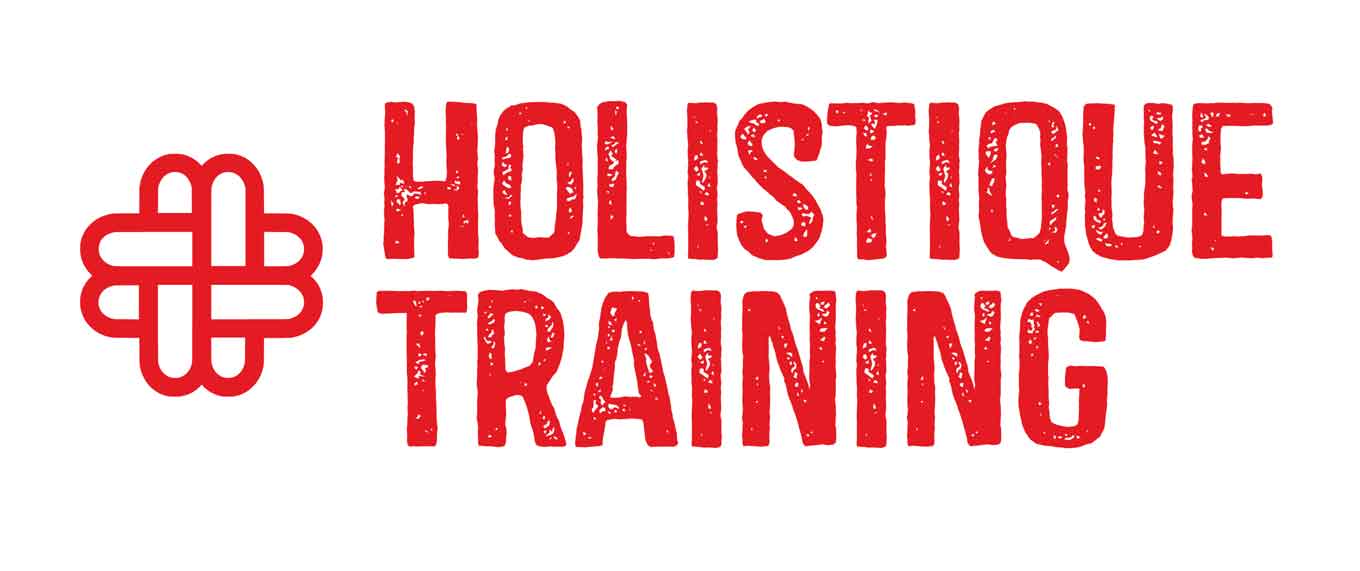In a world increasingly exposed to natural disasters, health crises, and geopolitical emergencies, the ability to predict, respond to, and recover from crises is more critical than ever. Artificial Intelligence (AI) is emerging as a transformative force in disaster management—enabling faster decision-making, accurate risk assessments, and smarter resource coordination.
This course introduces professionals to the practical use of AI across the entire disaster management cycle. Participants will explore real-time data analysis, geospatial intelligence, early warning systems, and autonomous response tools. Through hands-on sessions and real-world examples, learners will build the skills to apply AI responsibly and effectively in disaster-prone and high-risk environments.
By the end of this course, participants will be able to:
- Understand the role of AI across disaster risk reduction, emergency response, and recovery.
- Apply AI technologies for forecasting, detection, and situational awareness.
- Use AI to support resource allocation and crisis decision-making in real time.
- Analyze damage, assess needs, and support recovery using AI tools.
- Address ethical and operational challenges of using AI in humanitarian contexts.
- Integrate AI into national, local, or organizational disaster strategies.
This course is ideal for:
- Disaster risk reduction specialists and emergency managers.
- Government and civil defense personnel.
- NGO workers and humanitarian aid planners.
- AI professionals building solutions for resilience and public safety.
- Public health and crisis response teams.
- Data analysts working in early warning or crisis modeling.
- Urban planners, transport, and infrastructure managers.
The course uses simulations, AI tool demonstrations, team-based problem-solving, and case study analysis. Participants will explore disaster scenarios, interact with live data, and design AI-informed strategies for different crisis contexts. Learning is grounded in real-world situations with high relevance to multi-sectoral challenges.
Day 5 of each course is reserved for a Q&A session, which may occur off-site. For 10-day courses, this also applies to day 10
Section 1: The AI–Disaster Management Interface
- Disaster types: natural, biological, technological, and complex crises
- The four phases: mitigation, preparedness, response, recovery
- Key AI technologies: machine learning, geospatial AI, NLP, computer vision
- Success stories: wildfire tracking, flood alerts, earthquake response
- Comparing traditional vs. AI-augmented disaster workflows
Section 2: Forecasting and Early Warning with AI
- Predictive analytics using climate, weather, and epidemiological data
- AI in flood prediction, landslide detection, and disease outbreak modeling
- AI-enhanced satellite imagery interpretation
- Social media and mobile data for real-time alerts
- Building and managing AI-based early warning dashboards
- Case study: AI use in anticipatory action in cyclone zones
Section 3: Response Optimization and Real-Time Decision Support
- AI in resource deployment and routing for emergency services
- Crisis mapping using drones, computer vision, and sensor data
- NLP-driven systems for analyzing field communications
- Chatbots for citizen communication and assistance during disasters
- AI-powered prioritization of aid and services
- Simulation: Managing a multi-hazard response using AI tools
Section 4: Recovery, Reconstruction, and Impact Assessment
- Post-disaster needs analysis using AI-generated insights
- Damage detection in buildings and infrastructure with computer vision
- AI for tracking displaced populations and identifying vulnerable groups
- Long-term planning using AI-supported environmental and economic models
- Using AI to monitor health recovery, education continuity, and shelter access
- Tool review: UN, Red Cross, and NGO AI platforms for recovery
Section 5: Ethical Use, Risk Mitigation, and Implementation Strategy
- Ethical dilemmas in predictive decision-making: who gets help first?
- Privacy and data protection in crisis contexts
- Bias in crisis AI models: risk of exclusion or misallocation
- Legal compliance, trust, and transparency in humanitarian tech
- Building human-in-the-loop crisis response systems
- Final task: Design a customized AI crisis strategy for your sector
Upon successful completion of this training course, delegates will be awarded a Holistique Training Certificate of Completion. For those who attend and complete the online training course, a Holistique Training e-Certificate will be provided.
Holistique Training Certificates are accredited by the British Accreditation Council (BAC) and The CPD Certification Service (CPD), and are certified under ISO 9001, ISO 21001, and ISO 29993 standards.
CPD credits for this course are granted by our Certificates and will be reflected on the Holistique Training Certificate of Completion. In accordance with the standards of The CPD Certification Service, one CPD credit is awarded per hour of course attendance. A maximum of 50 CPD credits can be claimed for any single course we currently offer.
- Course Code PI2 - 119
- Course Format Classroom, Online,
- Duration 5 days













